
| Delta Geometrid (formerly known as Selidosema penthearia) MACARIINI, ENNOMINAE, GEOMETRIDAE, GEOMETROIDEA | (donherbisonevans@yahoo.com) and Cathy Byrne & Stella Crossley |
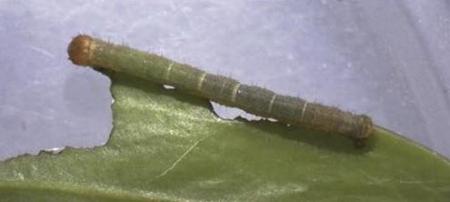
early instar
(Photo: courtesy of Steve Williams,
Moths of Victoria: Part 7)

| Delta Geometrid (formerly known as Selidosema penthearia) MACARIINI, ENNOMINAE, GEOMETRIDAE, GEOMETROIDEA | (donherbisonevans@yahoo.com) and Cathy Byrne & Stella Crossley |

early instar
(Photo: courtesy of Steve Williams,
Moths of Victoria: Part 7)
These Caterpillars are loopers, having most prolegs missing. The caterpillars are initially green with yellow between the segments.
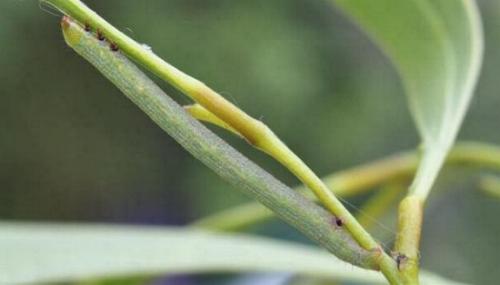
The caterpillars later become green with faint pale lines along the body. Later still, some turn brown.
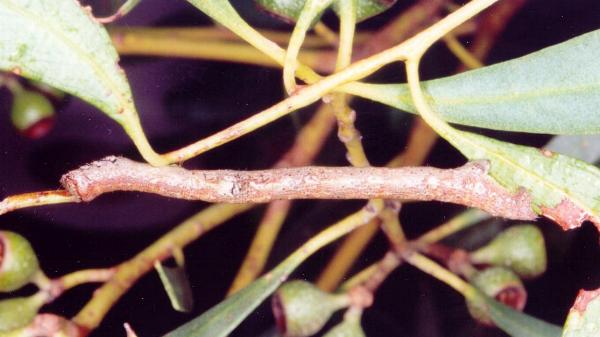
The caterpillars of this species are thought to feed on phyllodinous Wattles such as :
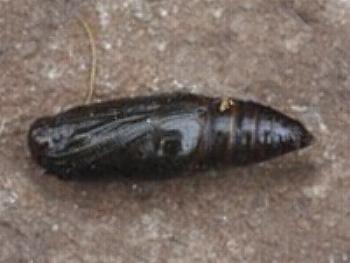
The pupa is brown with a length of about 2 cms.
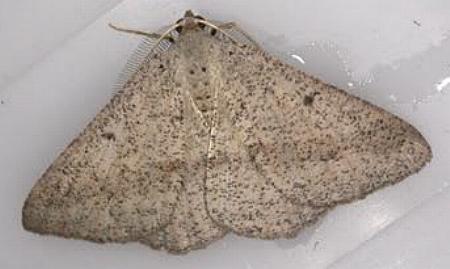
The adult moths are greyish-brown, sometimes with a dark band across each forewing and/or sometimes dark brown spots on each wing. The wingspan is about 3 cms.
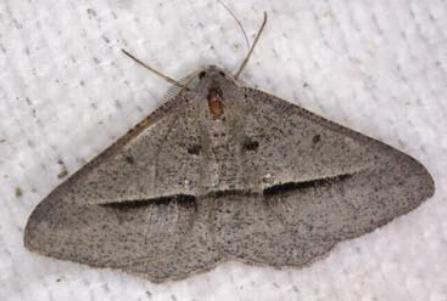
The males have feathery antennae. The females have thread-like antennae.
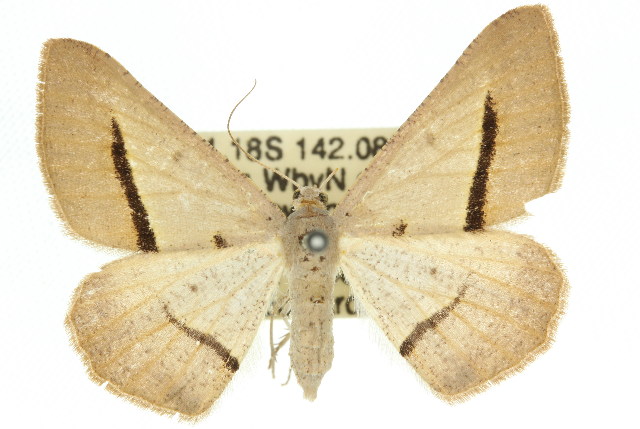
The eggs are oval and pale green, and covered in white pimples.
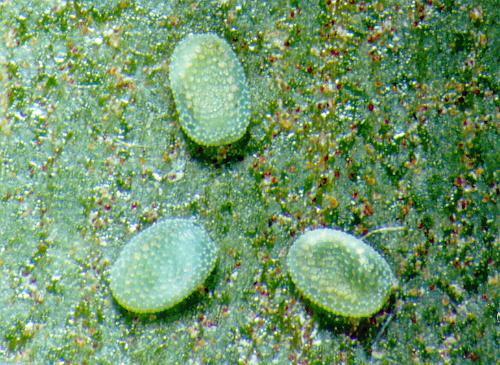
The species is found in
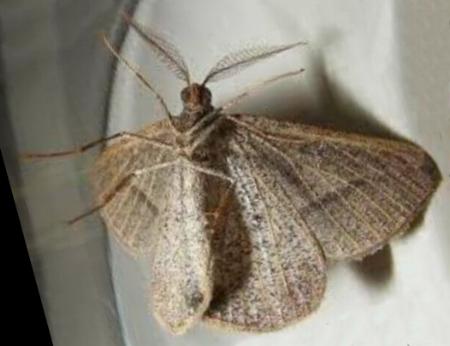
Further reading :
Achille Guenée,
Uranides et Phalénites,
in Boisduval & Guenée:
Histoire naturelle des insectes; spécies général des lépidoptères,
Volume 9, Part 10 (1857), p. 146, No. 1161.
Marilyn Hewish,
Moths of Victoria: Part 7,
Bark Moths and Allies - GEOMETROIDEA (D),
Entomological Society of Victoria, 2016, pp. 16-17.
Peter B. McQuillan, Jan A. Forrest, David Keane, & Roger Grund,
Caterpillars, moths, and their plants of Southern Australia,
Butterfly Conservation South Australia Inc., Adelaide (2019), p. 115.
(listed as Isturgia penthearia)
 caterpillar |  butterflies |  Lepidoptera |  moths |  caterpillar |
(updated 20 July 2010, 12 May 2025)